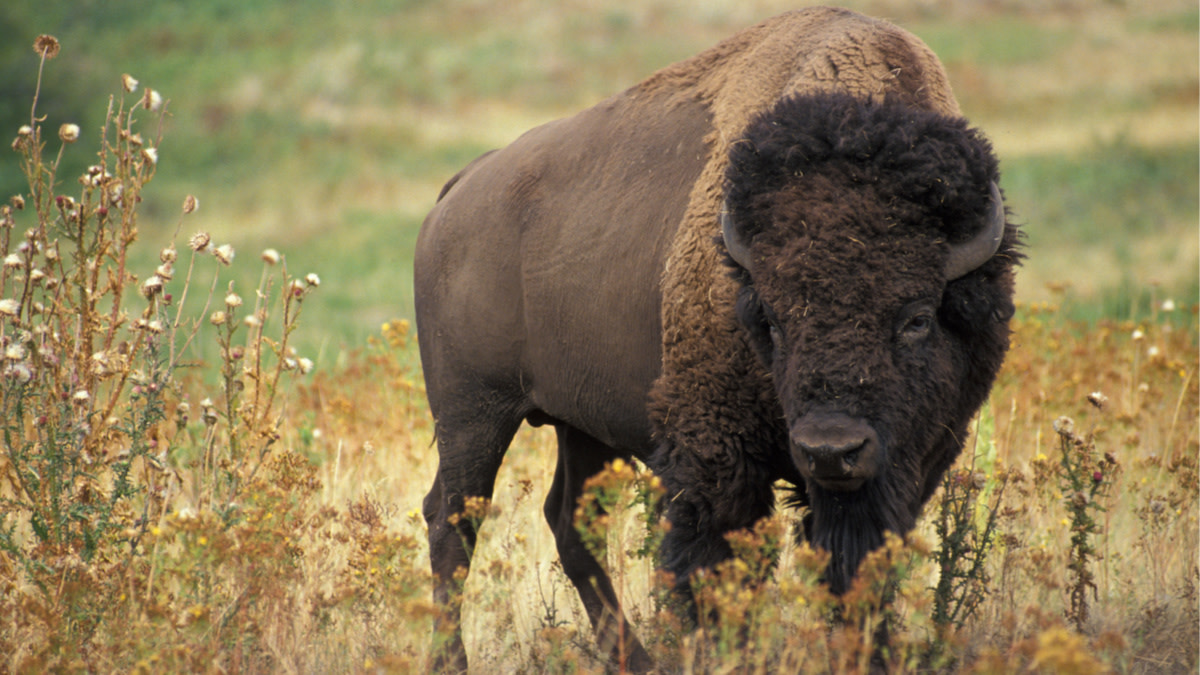Tribal Conservation: Recognizing the Contributions of Native Communities

The recent row over the Herrera v. Wyoming Supreme Court case tends to pit tribal and non-tribal outdoorsmen against each other. This rift can be polarizing, and it dates all the way back to the first contact between Europeans and the native residents of North America.
But lost in the dust of history are the important—and often successful—tribal efforts to restore North American wildlife that continue today. Conservation led by indigenous people often succeeds where other endeavors have not.
Native Americans make up less than 2% of the U.S. population. However, tribal resource managers do out-sized work when it comes to recovering wildlife, often working alongside state and federal wildlife managers.
There are 573 recognized tribes in the United States, each with unique history, resources and perspective in conservation. One cannot make broad generalizations, but it’s easy to find individual success stories.
“Our success depends on our ability to collaborate,” said Deane Osterman, executive director of natural resources for the Kalispel Tribe in Washington State. “There is no ‘us vs. them’ anymore. There is only us. We are all in the same boat. ‘Us vs. them’ thinking just leads to a bunch of dead ends that have nothing to do with conservation.”
Of course, that is not to say collaboration is ever easy or there will never be disputes that go to the Supreme Court. However, the track record of tribal success is clear. Here are some current examples of tribal efforts that are getting the job done.
Bison
In Montana, the Blackfeet Tribe has rekindled a bison herd on tribal land near the Canadian border. They are working with Glacier National Park so those bison may freely roam on park land as they did historically. It’s not hard to imaging bison someday crossing into national forest lands—where they could eventually be managed as a wild big game animal, instead of feral livestock as they are now. Montana tribes already offer bison hunts on the Crow, Ft. Peck (Assiniboine and Sioux) and other reservations. By comparison, the Montana Department of Fish, Wildlife & Parks action on bison restoration has been stalled since 2015.
Salmon
Long before the Endangered Species Act, treaties between the United States and tribes of the Pacific Northwest have guaranteed the right to fish for salmon. Since the 1930s, the federal government has built scores of dams that blocked salmon spawning migrations. In the 1970s, Columbia Basin tribes won a series of lawsuits saying their 1855 treaty rights required that salmon be conserved. That provided early momentum for salmon conservation and recovery. While Columbia Basin salmon and steelhead remain in dire straits and river management remains divisive, we would likely not have any fish left to fight over had it not been for treaty rights. Today, tribes are involved in river management, law enforcement and research.
Pronghorn
In Central and Eastern Washington, tribal managers are reintroducing pronghorn to the Colville and Yakima reservations. So far, the herds total some 400 antelope. Should those animals expand beyond reservation boundaries, they may someday be managed by the state. A successful program could mean Washingtonian hunters might have the opportunity to pursue a prized big game species that was extirpated a century ago.
Trumpeter Swans
The largest waterfowl species in North America were nearly driven to extinction in the era of market hunters. In recent decades, the Confederated Salish-Kootenai Tribes in Montana led the charge to restore nesting swans on wetlands in the Mission Valley. Now, offspring of those birds are nesting miles away from the reservation, on wetlands managed by state and federal wildlife agencies.
Swift Foxes
These diminutive canines, about the size of house cats, live on prairies eating grasshoppers and mice. They were collateral damage to the predator poisoning campaigns of the late 1800s and early 1900s, essentially driven extinct within the United States. Tribal authorities reintroduced swift fox from Canada onto the Blackfeet and Ft. Peck reservations in the 1990s. Those animals have thrived and expanded their ranges well beyond reservation boundaries.
Lahontan Cutthroat
The salmon-sized cutthroat trout of Pyramid Lake and nearby waters in Nevada and California were a staple for centuries for the Paiute people. The Summit Lake Paiute Tribe has worked with state and federal fisheries biologists to successfully restore this nearly extinct fishery at Pyramid Lake, and are working on other waterbodies as well.
Non-tribal hunters and anglers rightfully take credit for the successes of the North American Model of Wildlife Conservation and the benefits of excise taxes on sporting equipment. But tribal collaboration efforts often fly under radar and deserve recognition and celebration.
“Everyone brings something to the table,” said Dale Becker, head of the wildlife program for the Confederated Salish-Kootenai Tribes. Tribes often have less bureaucracy, different sources of revenue, additional personnel, different perspectives and political and legal clout that crosses international and state boundaries.
Osterman said that, in general, tribal, state and federal conservation have more common ground than differences.
“At the end of the day, we want harvestable surpluses of these resources,” Osterman said. “We are not trying to save museum relics. We want people out there using them.”
Feature image via Wiki Commons.






Conversation